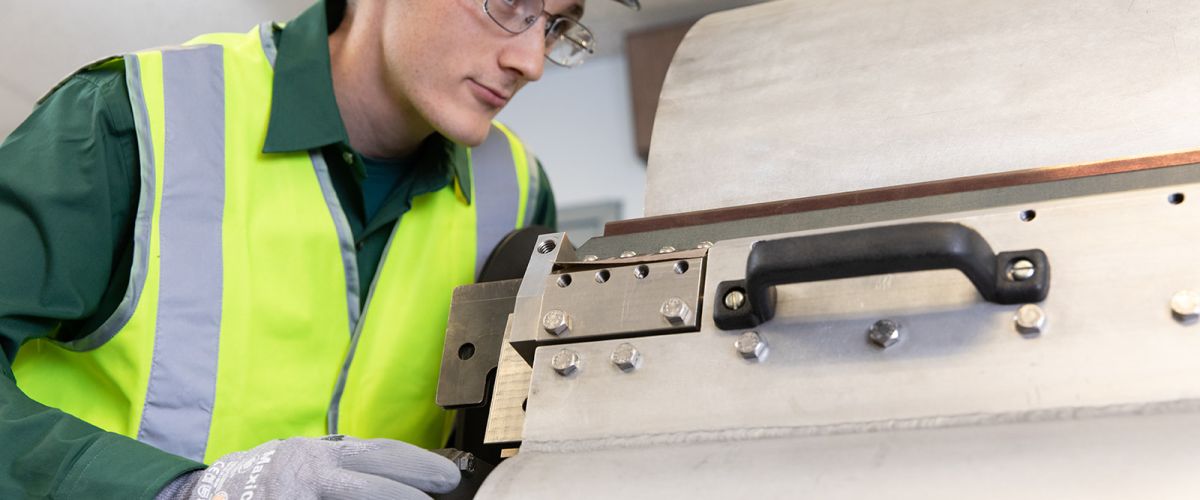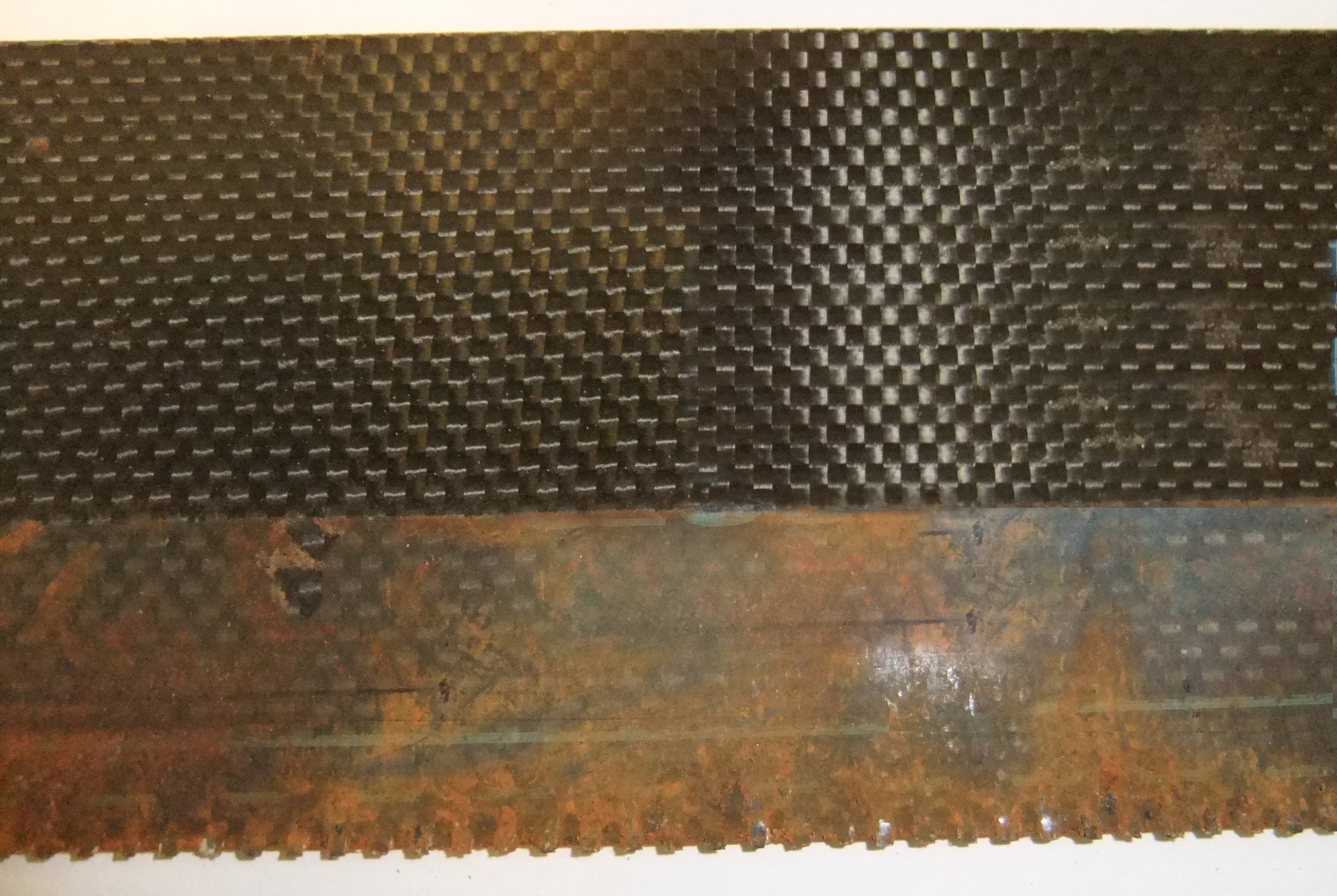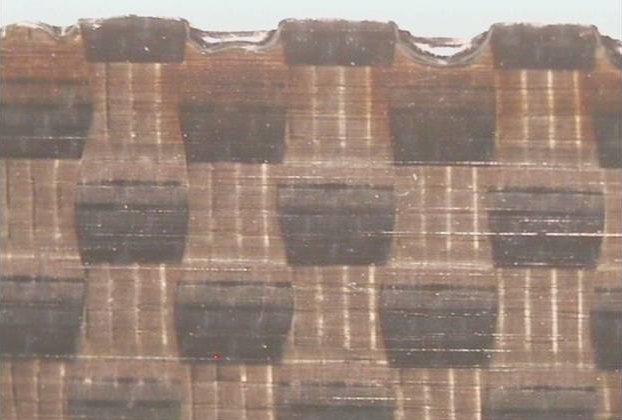
When Should I Change My Roll Cleaning Blade in the Carbon Fiber Industry?
Regardless of industry or application, every production facility is looking to operate equipment as long as possible before replacing worn-out components. This is especially true for roll cleaning, wrap prevention, and surface treatment applications found in the carbon fiber industry.
Whether you call them cleaning blades, doctor blades, scrapers, or something else entirely, every facility aims to achieve the optimal balance of performance and longevity for each roll cleaning blade while understanding that the cost of replacing a damaged roll and the associated machine downtime far exceeds the cost of replacement blades. This article highlights the key factors determining the best time to replace your roll cleaning blades.

First, a blade with a sharp tip and bevel offers the best loading force against the roll. The sharpness of the tip starts to dull as the roll turns causing the blade contact area to grow. As the blade contact area is increased, constant loading force is applied over a larger area effectively reducing the contact pressure. This explains why the roll cleaning efficacy of a blade diminishes over time.

Second, a worn blade tip negatively impacts performance when considering the contact angle (blade angle) between the blade and the roll. The blade angle is the acute angle formed between the blade and the line tangent to the roll at the point of contact. Simply put, there is an optimal blade angle for every application. As a blade tip wears the blade angle changes. This change in blade angle can negatively impact performance or damage your roll.
Third, the blade material can play a major role in the frequency of blade changes and wear rate. Blades made from composite materials often outperform their metal counterparts and can be less costly. However, they can also exhibit non-uniform wear patterns. More specifically, for blades made from carbon fiber, fiberglass, and other synthetic fiber weaves, the resin areas tend to wear more quickly resulting in a saw tooth pattern as seen in this photo. When this happens, the blade will be less effective at roll cleaning and wrap prevention.

One final aspect to consider is the blade holder and actuating mechanism. What happens when blade wear exceeds the range of motion achievable by your holder? Unfortunately, the blade becomes ineffective because it is no longer in contact with the roll. Because it is impossible to know exactly when this occurs you might not realize that you have run out of load stroke until it’s too late.
With the VeriLite™ roll cleaner assembly, changing the blade is safe, simple, and can be performed in seconds. There is no need to accept degraded performance waiting for the next scheduled outage only to deal with hours of exhausting maintenance that could have been avoided. Many applications using our proprietary design allow blades to be changed while the equipment is operating.
Download this VeriLite roll cleaner assembly case study from a carbon fiber manufacturer.
Related Articles
Tagged with
Author
Share
Let’s Connect
Connect with Kadant Solutions Division on LinkedIn to learn more about our employees, products, and services.
